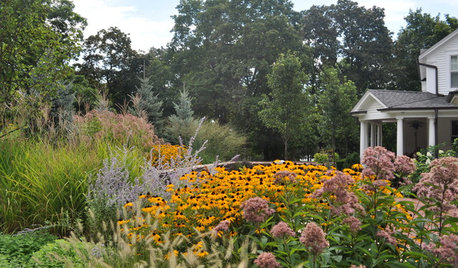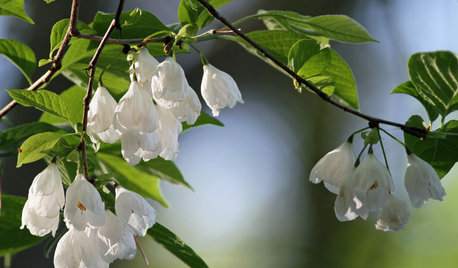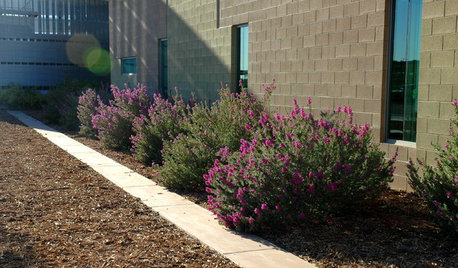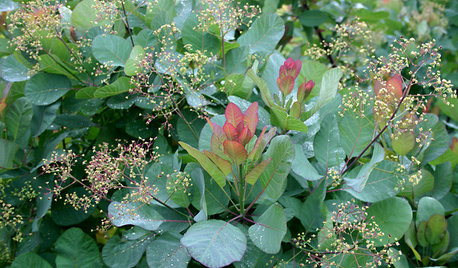Designers, expensive, mail order fertilizers
eswar
17 years ago
Related Stories

GARDENING GUIDESPacific Northwest Gardener: What to Do in September
Put in cool-weather veggies, fertilize your lawn and tidy the garden this month before chilly weather arrives
Full Story
GARDENING GUIDESGreat Design Plant: Halesia Tetraptera
Carolina silverbell is a Southeastern native tree that adds spring blooms to a shady slope, a woodland edge or even a lawn
Full Story
GARDENING GUIDESHow to Avoid Overcrowded, Overpruned Shrubs
Go for a more natural look that’s easier and less expensive to maintain by giving your plants the right amount of growing room
Full Story
SELLING YOUR HOUSEHow to Stage Your Kitchen for a Home Sale
Attract buyers with a kitchen that’s clean, bright and welcoming — no expensive overhaul required
Full Story
HOME TECHTurn Your Smart Phone Into a Home Security System
Monitor your home a less expensive way by putting your phone and some new gadgets to work
Full Story
MOST POPULARHow to Work With an Interior Designer
Interior designers do much more than make a home pretty — they turn it into a harmonious haven that's uniquely yours
Full Story
BATHROOM DESIGN14 Design Tips to Know Before Remodeling Your Bathroom
Learn a few tried and true design tricks to prevent headaches during your next bathroom project
Full Story
WORKING WITH AN ARCHITECTWho Needs 3D Design? 5 Reasons You Do
Whether you're remodeling or building new, 3D renderings can help you save money and get exactly what you want on your home project
Full Story
LANDSCAPE DESIGNGreat Design Plant: Old Fashioned Smoke Bush
Balance garden color with this shrub's cool blue-green foliage, luminous when backlit and sporting yellow-green flowers in spring
Full Story
GARDENING GUIDESGreat Design Plant: Grow Blueberries for Their Fruit and More
Eastern gardeners should consider growing blueberry plants for their delicious fruits, bee-friendly spring blooms and brilliant fall foliage
Full Story




Heathen1
buffburd
Related Discussions
Mail Order Efficiency of Shipping Roses, Could it be Improved?
Q
What lilies are you planning to buy/mail order this spring?
Q
Unhappy with mail order tomatoes
Q
N by mail (fertilizer)
Q
Kimmsr
laceyvail 6A, WV
eswarOriginal Author
dchall_san_antonio
eswarOriginal Author
fertilizersalesman
pablo_nh
justaguy2
pablo_nh
justaguy2
pablo_nh
justaguy2
Kimmsr
justaguy2
eswarOriginal Author
Kimmsr
Heathen1
dchall_san_antonio
laceyvail 6A, WV
justaguy2
blutranes
pablo_nh
blutranes
pablo_nh
blutranes